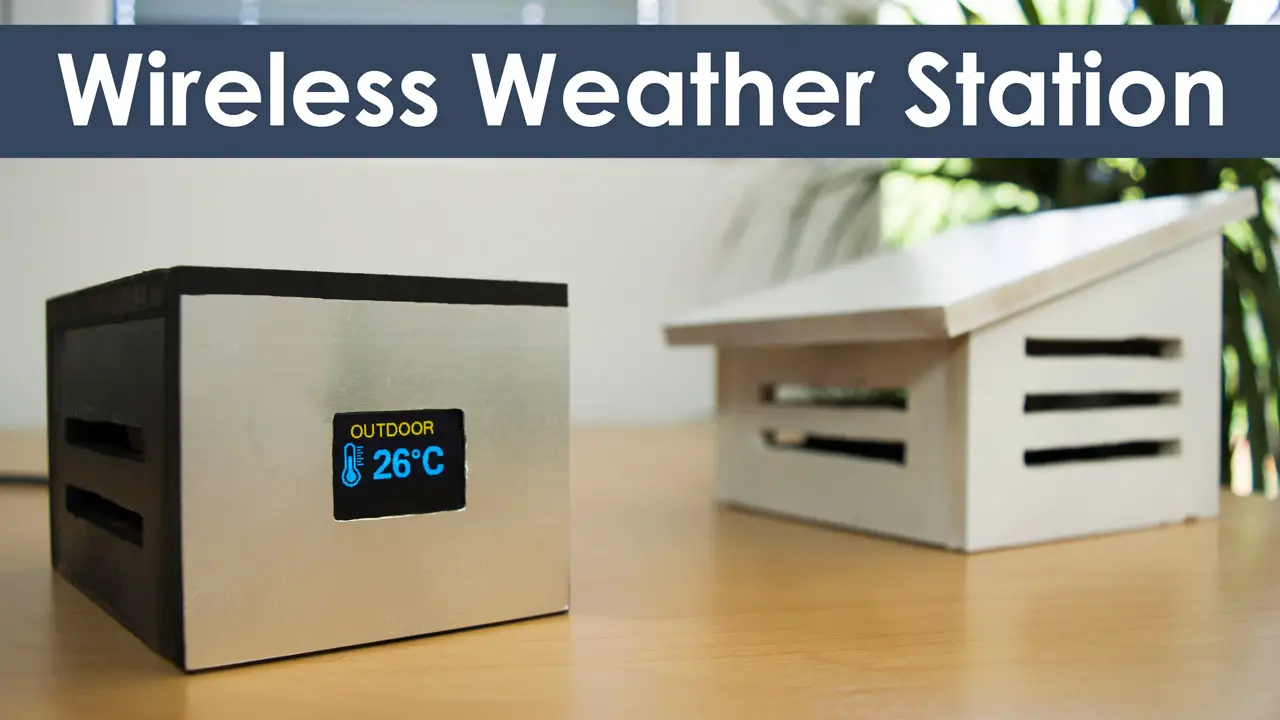Make a Weather Station Using Environmental Sensor Circuit Diagram ESP32 Based IoT Weather Station: Hi, in this instructable I will show you how to make a Weather Station using the very famous ESP32 with 3 sensors that can measure and display live values including: Teperature Humidity Barometric Pressure UV Index IR Radiation Visible Light The pa… In this project, we are going to create a weather station using an ESP32. We will read from the DHT22 and BMP180 sensors and then, using the ESP32, we will create the webpage where we will show the values. Circuit Diagram

The BME280 offers high precision, with temperature accuracy of ±1°C and pressure accuracy of ±1 hPa. These sensors are great for DIY weather stations but may not be as accurate as professional meteorological instruments. Can I add more sensors to the weather station? Yes, the ESP32 is capable of handling multiple sensors at once. Raspberry Pi Hats and Sensors for DIY Weather Station. Here are 8 sensors and HATs you can use with a Raspberry Pi to build a weather station: Weather HAT by Pimoroni includes multiple environmental sensors for wind, rain, and light detection. It is designed for seamless integration with Raspberry Pi. Sense HAT measures temperature, humidity Selecting the right sensors for your weather station is essential to gather the data that aligns with your specific needs, industry, and limitations. Understanding the applications and capabilities of each sensor ensures you create a weather station that provides accurate, relevant, and actionable insights for your project. Types of Weather Sensors

Building an IoT Weather Station with ESP32: A Step Circuit Diagram
This document describes a study that developed a smart weather station for individual use. The weather station monitors temperature, humidity, pressure, and rain using sensors and processes the data with an Arduino processor to estimate weather conditions. The results estimated from the smart weather station were compared to results from meteorology and found to be close to each other. If your weather station is located under a tree or an overhang, the rainfall data measured by the station will not be correct. If you place your weather station in an alley, you could very well get a wind tunnel effect on the anemometer, resulting in erroneous wind data. If you want to measure sunlight you cannot have the sensor in a shadow. Grab your weather station, your mount and all of your tools because you'll need all of them. Get into a car (or a bus I don't care) and get to the future location of your station. Finally, you can mount the station. Making your weather station work in your workshop is one thing, but making it work in the real-world harsh conditions is another.

